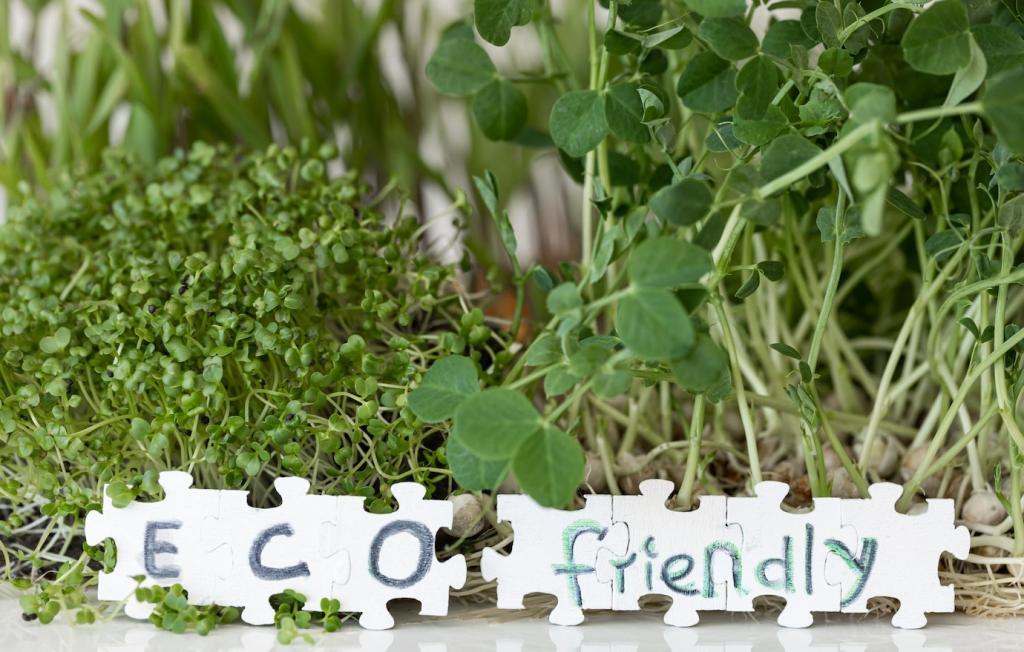Stories from the Workshop: Heart, Wood, and a Gentler Gloss
When Maya restored her grandfather’s walnut desk, she chose a beeswax–carnauba blend. The scent was subtle, the glow immediate, and the memories vivid. She wrote him a note, tucked inside, promising to keep both shine and stories alive.
Stories from the Workshop: Heart, Wood, and a Gentler Gloss
Jae revived a thrifted oak sideboard using a low-VOC citrus-derived polish. With windows cracked and fans on, the process felt calm, not chemical. Their roommate noticed only the wood’s honeyed glow—and asked for the product name, not a mask.




